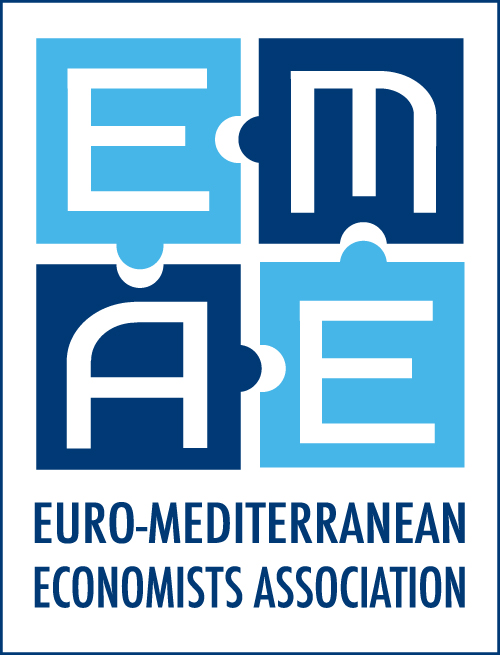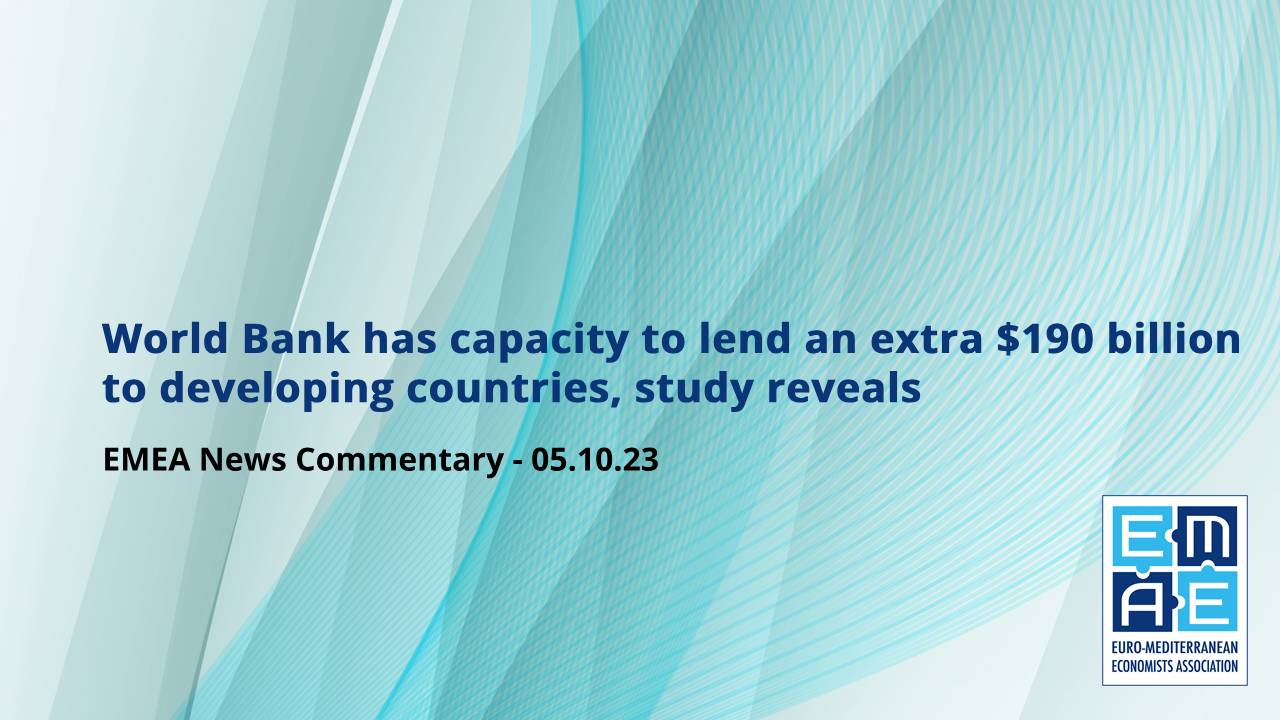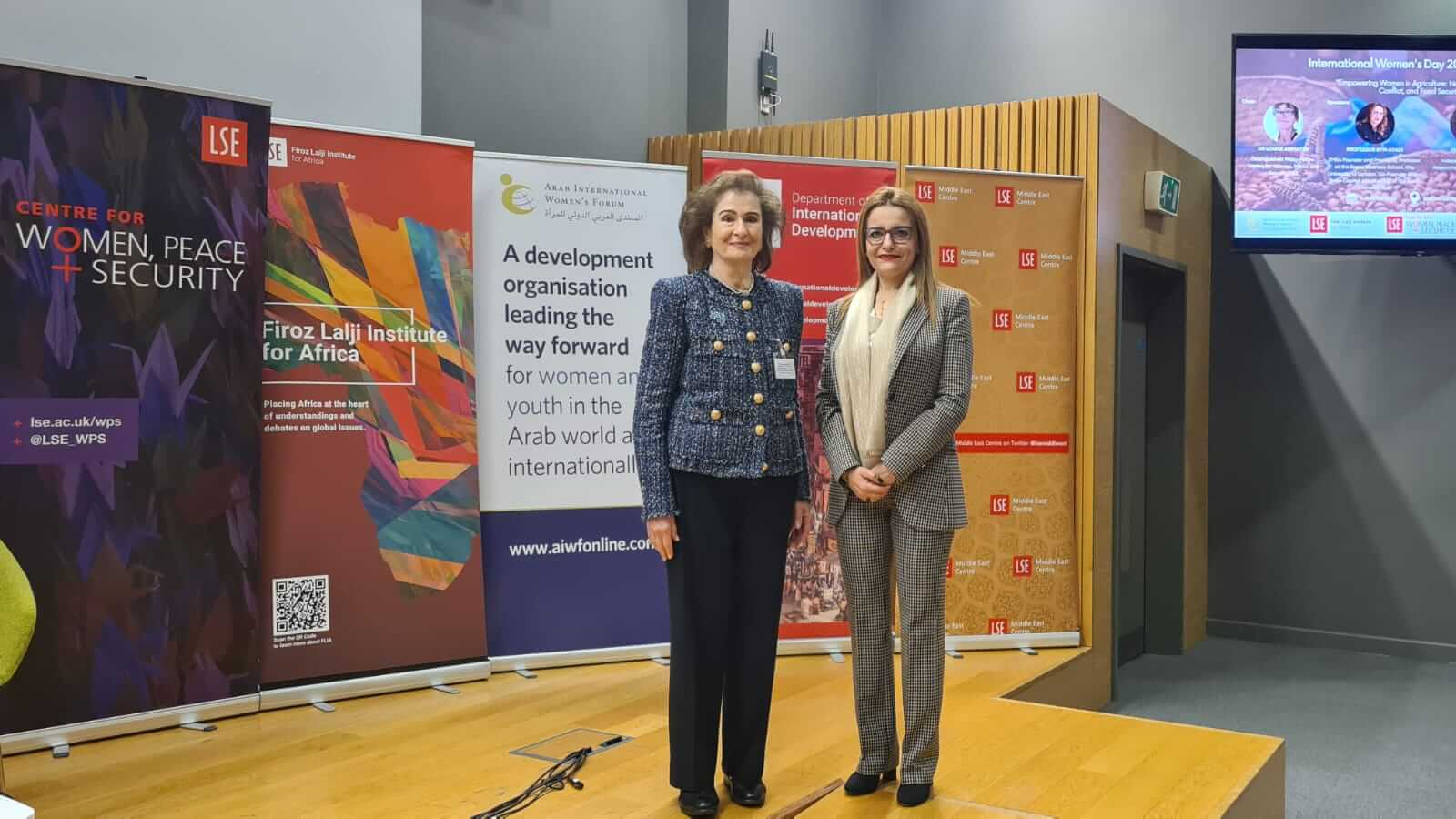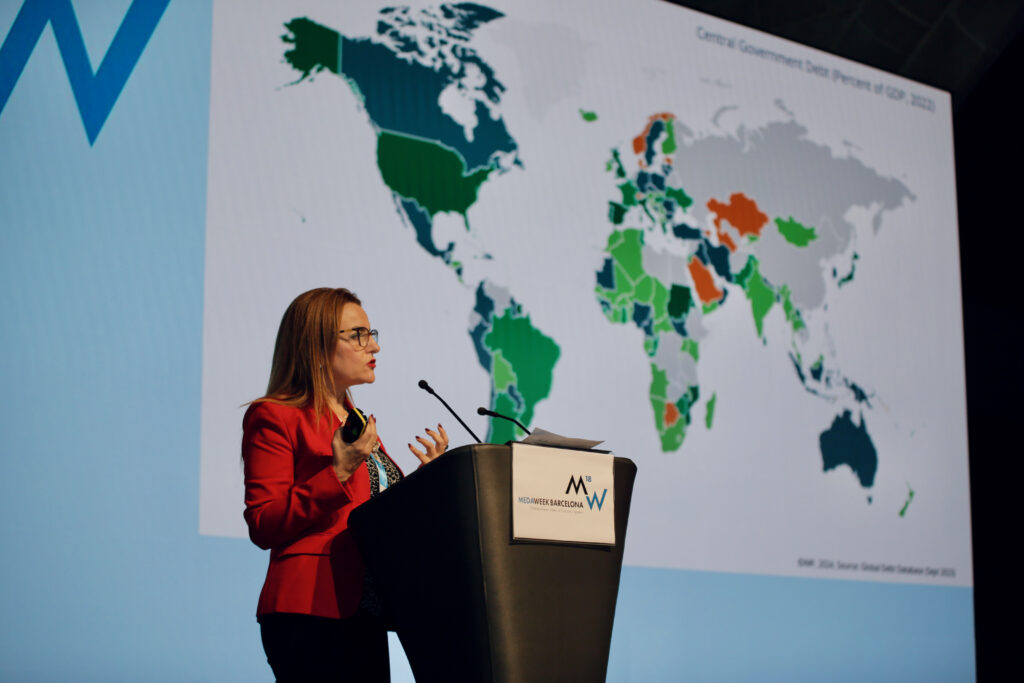A study commissioned by the Rockefeller Foundation has found that if the World Bank’s approach to risk was reformed, additional lending of around $190 billion could be made available to developing countries. And it wouldn’t jeopardise the WB’s AAA credit rating.
There was “significant headroom” available within the Bank’s two main lending arms – the International Bank for Reconstruction and Development (IBRD) and the International Development Association (IDA) – said the study, which was undertaken by Risk Control, the international analytics firm.
They were hired by Rockefeller “to review and quantify key recommendations made in 2022 by an independent Group of 20 panel.” The Group said that easing the bank’s strict capital adequacy framework could free up hundreds of billions of dollars in additional lending to combat climate change and advance development.
The Rockefeller study has been released just before the annual meeting of the World Bank and the International Monetary Fund, taking place in Marrakech, Morocco from October 9th to 15th. US and China shareholders are expected to attend.
The World Bank is already being touted by the Biden administration as a “credible alternative” to China’s overseas lending. The US has said that Chinese loans to poor countries have lacked transparency and are often collateralised, which could have a negative impact in years to come.
Key findings of the study were:
- The IBRD could boost lending by $162 billion within a decade, before triggering a global credit rating agency downgrade.
- The IDA could increase lending by $21 billion to $27 billion.
- Overall IBRD and IDA lending could reach nearly $900 billion if the rating agencies changed their processes and modified the allowance they make for “callable capital.”
- Further innovative funding could include hybrid capital.
- Securitising 10% of IBRD and IDA’s portfolios could generate additional lending headroom of $29 billion to $41 billion.
By increasing its leverage ratio over the last decade, the World Bank had squeezed out an additional $50 billion in lending, it was reported. But the Bank’s President, Ajay Banga, said with additional international contributions that figure could potentially be doubled.
Some experts have argued that developing and emerging economies need as much as $2.4 trillion per year to meet global climate challenges.
Commenting on the study’s findings, Rockefeller Foundation vice president, Eric Pelofsky, said: “This is the math, absolutely as detailed and transparent as you could possibly get, that says there’s more room. It very clearly says that there are actions that can be done now while we consider other more long-term reforms to the bank.”
He said enhanced World Bank lending was needed “because the developing world is pitching off a cliff in terms of debt, available climate finance and development needs.” Pelofsky said that from a geopolitical standpoint, the Bank, the Fund and regional development banks were together “infinitely more transparent than some of the obvious alternatives.”
In reference to the imminent Marrakech meeting, Hans Peter Lankes, a London School of Economics professor and G20 panel member, said the study provided “timely benchmarks” for shareholders and World Bank management to come up with ways to increase lending capacity.
Reforms could boost World Bank lending to developing countries by nearly $190 bln -study | Reuters





